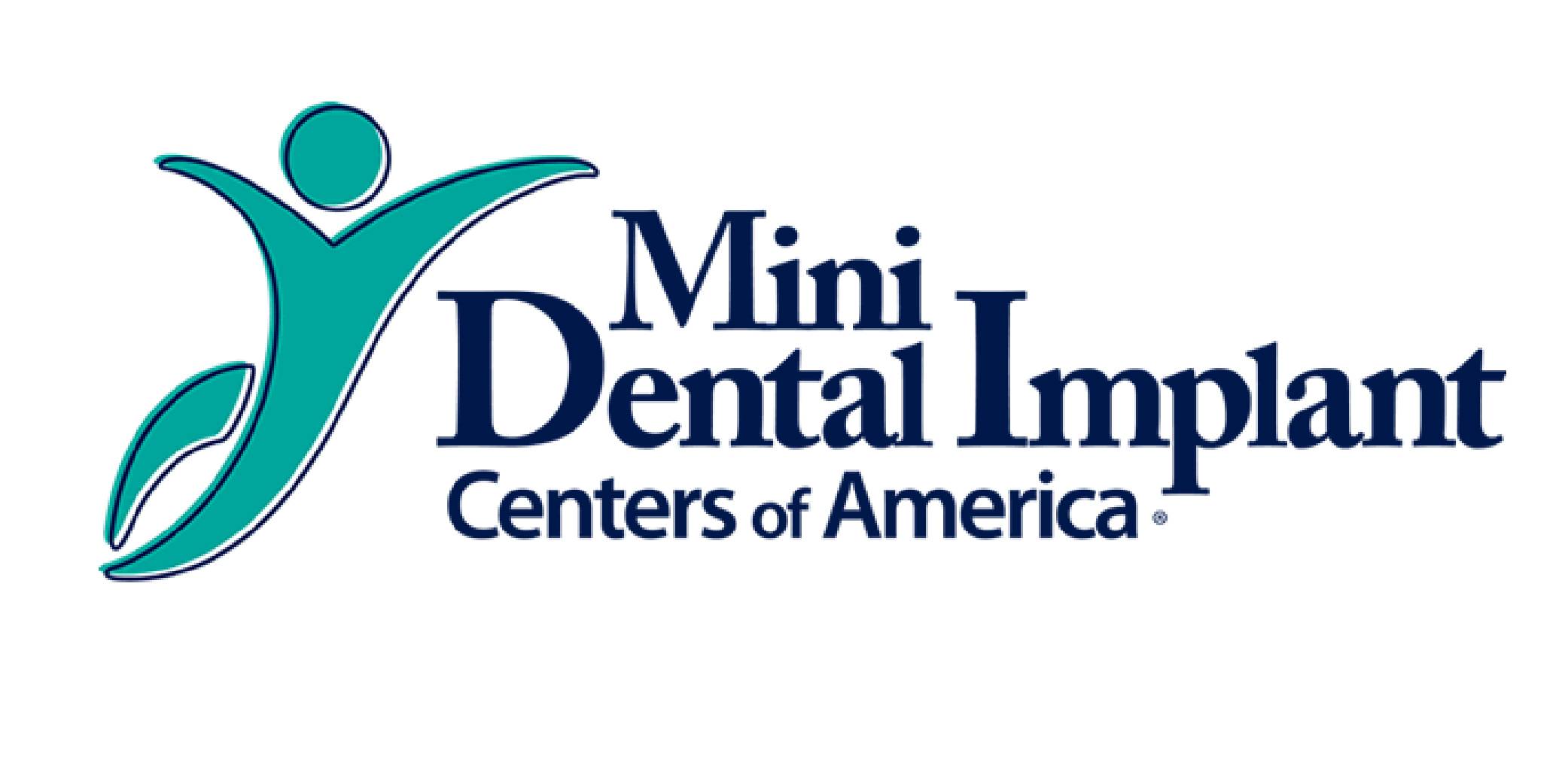Top 10 Vitamin A Foods and Their Benefits

November 11, 2018
Original article and page source found here.
Vitamin A plays a critical role in maintaining healthy eyes and vision, neurological function, healthy skin and hormonal/reproductive health, and its supports the lungs, liver, kidneys and digestive organs. What are good sources of vitamin A? Some to vitamin A foods include carrots, sweet potatoes, kale, berries, eggs, butter, and organ meats like beef or chicken liver.
Many people don’t realize that vitamin A from plants (provitamin A) is not the same thing as active/preformed vitamin A (retinol). In the body, active vitamin A is present as retinol, which is bound to a fatty acid. Beta-carotene, the type found primarily in plants, needs to first be converted to active vitamin A in order to be utilized by the body. This takes place in the intestinal mucosa and the liver.
Many times the full amount of vitamin A found in a plant food is not converted to active vitamin A, especially if someone has poor gut health that makes conversion difficult. This is one reason why I recommend consuming a varied diet that includes some animal sources of active vitamin A, since these are easier for the body to use. It’s also an example of why it’s so important to heal gut issues like leaky gut syndrome, inflammatory bowel disease or irritable bowel syndrome — since these types of digestive issues may block your body’s ability to make good use of healthy vitamin A-rich foods.
What Is Vitamin A?
Vitamin A is a fat-soluble vitamin that has immune-enhancing, antioxidant properties, meaning it helps reduce free radical damage (or oxidative stress). What does it mean to be a fat-soluble vitamin? Vitamin A and other fat-soluble vitamins have the ability to travel through fat and be stored inside body fat or organs, including the liver. (1) They can also penetrate through cells, unlike water-soluble vitamins.
Vitamin A can take one of three forms in the human body: retinol, retinal and retinoic acid. How do you get vitamin A from your diet? From eating both plant and animal-derived whole foods, which provide two different forms of vitamin A. (2) The two primary forms of vitamin A obtained from foods are beta-carotene (found in certain plant foods, especially those that are orange, red and yellow) and active Vitamin A, also called retinol (found in certain animal foods like eggs and organ meats).
How much vitamin A do you need each day?
- The amount of vitamin A you need depends on your age, current health and reproductive status (for example, if you’re a woman who is pregnant or breastfeeding).
- The recommended daily allowance for vitamin A is 900 micrograms a day day for adult men and 700 micrograms a day for adult women. Adults need between 700–900 micrograms of “retinol activity equivalents” (RAE) per day. Sometimes you will see vitamin A content listed as international units (IU), not micrograms RAE. According to the National Institutes of Health, “Converting between IU and mcg RAE is not easy. A varied diet with 900 mcg RAE of vitamin A, for example, provides between 3,000 and 36,000 IU of vitamin A depending on the foods consumed.” (3)
- Recommended intake of vitamin A for women who are pregnant or nursing ranges between 1,200 and 1,300 micrograms per day, since developing fetuses need vitamin A for proper growth.
- Not only do people get vitamin A from foods in their diets, but many also get some provitamin A from dietary supplements, usually in the form beta-carotene, which must be converted once consumed.
Vitamin A Deficiency
What is a deficiency of vitamin A? Xerophthalmia is the term for the expression of vitamin A deficiency. This happens when you don’t consume or enough vitamin A from your diet or properly absorb or convert the vitamin A that you do consume. People at an increased risk for vitamin A deficiency include alcoholics, whose excess toxicity creates low vitamin A levels, people eating a very low-fat diet, and those who have problems with malabsorption due to intestinal dysfunction or damage. Some health conditions can cause long-term malabsorption of fats, which can lead to vitamin A deficiency since vitamin A needs to be consumed with fat to be properly absorbed.
Health problems that may cause malabsorption of vitamin A include: (4)
- Alcoholism
- Gluten sensitive
- Leaky gut syndrome
- Inflammatory bowel disease (IBS, Crohn’s or ulcerative colitis)
- Pancreatic disorders or a lack of bile from the gallbladder (bile helps break down fat and absorb fat-soluble vitamins)
- Liver damage or disease
- Low stomach acid, heartburn or GERD
- Severe calorie restriction, potentially tied to an eating disorder
What are the signs and symptoms of vitamin A deficiency? A vitamin A deficiency can contribute to symptoms and conditions including:
- Night blindness or potentially blindness if left untreated — changes in vision are some of the first symptoms to occur due to vitamin A deficiency
- Thickening of the cornea
- Dry eyes, dry hair and dry mouth
- Higher chance of developing sinus, respiratory, lung or ear infections
- Various skin problems, such as cystic acne, skin flaking, or formation of dots, dry scalp/dandruff
- Higher chance of having fertility problems or complications during pregnancy
- Disturbances in fetal growth and poor development in infants and children
Top 10 Vitamin A Foods
What foods are rich in vitamin A? When it comes to plant foods with vitamin A, a good rule of thumb is that fruits and veggies that are orange, yellow or red have a high likelihood of providing vitamin A. (5) In terms of animal foods rich in vitamin A, those that naturally have a higher fat content (such as eggs, butter, liver or full-fat dairy) are more likely to provide vitamin A since it’s a fat-soluble vitamin.
Below is a vitamin A foods list that includes the best dietary sources:
- Winter/butternut squash — 1 cup, cooked cubes: 22,869 international units (457 percent DV)
- Sweet potato — 1 medium, cooked potato: 21,907 international units (438 percent DV)
- Kale — 1 cup, chopped: 10,302 international units (206 percent DV)
- Carrots — 1 medium raw carrot: 10,190 international units (204 percent DV)
- Beef Liver — 1 ounce: 8,881 international units (178 percent DV)
- Spinach — 1 cup raw: 2,813 international units (56 percent DV)
- Dried apricots — 1 ounce: 1,009 international units (20 percent DV)
- Broccoli — 1 cup raw: 567 international units (11 percent DV)
- Butter — 1 tablespoon: 350 international units (7 percent DV)
- Egg yolks — 1 large egg: 245 international units (5 percent DV)
Other healthy vitamin A foods include cod liver oil, red bell peppers, raw whole milk (full-fat) and cheeses, mangos, tomatoes, cantaloupe, green peas, papaya, peaches, oatmeal, and spices/herbs like basil and paprika.
Related: The Antioxidant Power of Swiss Chard Nutrition
Benefits of Foods with Vitamin A
The various forms of vitamin A found in the body have different roles and benefits. Some functions of vitamin A include playing a role in maintaining strong bones, gene regulation, clear skin, fetal development, cell differentiation and immune function. Below is more about some of the key benefits of vitamin A.
1. Vision Support
Retinal is the form of vitamin A needed for vision. When light shines on the retina, in the human eye, a molecule called rhodopsin is activated. The activated rhodopsin sends a signal to the brain that results in vision.
Can you go blind from vitamin A deficiency? Vitamin A is a critical part of making the rhodopsin molecule. This is why a deficiency in vitamin A can cause night blindness and contribute to full blindness in some people — and why vitamin A is one of the most important eye vitamins. Vitamin A deficiency has been shown to play a role in xerosis of the cornea, corneal ulceration and “keratomalacia” (a full-thickness melting of the cornea that progresses rapidly to loss of the eye). Because it’s converted to retinal once consumed, a diet high in beta-carotene and other antioxidants found in plants has been shown to play a role in preventing macular degeneration, the leading cause of age-related blindness. (6)
2. Immune Support
Vitamin A is known as an immune-boosting vitamin because several immune system functions are dependent on sufficient vitamin A intake and antioxidant activity. Certain genes involved in immune responses are regulated by vitamin A. Deficiency in this vitamin can lead to increased infections and an overall weakened immune system. Vitamin A is also required for the development of T both-helper (Th) cells and B-cells. Beta-carotene supports immunity by acting as a powerful antioxidant and helpin prevent a variety of chronic illnesses.
Researchers from the USDA Western Human Nutrition Research Center and Nutrition Department explain that “vitamin A deficiency impairs innate immunity by impeding normal regeneration of mucosal barriers damaged by infection, and by diminishing the function of neutrophils, macrophages, and natural killer cells.” (7) Some research suggests that in populations deficient in vitamin A, acquiring more appears to be effective in reducing cancer incidence. (8)
3. Skin Health and Cell Growth
What is one of the first signs of vitamin A deficiency? Poor skin health, including dryness, breakouts, infections and irritation. Vitamin A is needed to support all of the epithelial (skin) cells both internally and externally. It is needed to form glycoproteins, a combination of sugar and protein, which help the cells bind together forming soft tissues. Due to this function, vitamin A is necessary for wound healing and skin regrowth.
Because vitamin A is essential for skin health, deficiency can lead to a poor complexion even in younger people. Studies have proven that consuming vitamin A-rich foods can fight acne and improve overall skin health. Some of the best vitamin A foods for skin include berries, leafy greens, carrots and eggs, which also supply other important nutrients that protect the skin.
4. Reproductive Health
While there’s some evidence that very high intake of supplemental vitamin A (leading to vitamin A toxicity) can lead to complications during pregnancy, vitamin A foods are definitely supportive of a healthy pregnancy and proper fetal development. It has been estimated that about 19 million pregnant women in low-income countries each year are affected by vitamin A deficiency, which can lead to many adverse health outcomes for both the mother and baby. (9) Among babies and children, vitamin A deficiency can also increase risk of mortality from infectious diseases due to low immune function, particularly measles, diarrhea, respiratory infections and malaria (especially in low-income countries).
According to the Weston A. Price Foundation, traditional cultures emphasized that pregnant women should consume many vitamin A foods during pregnancy and while nursing, especially those with active vitamin A, such as liver, whole milk, eggs and butter.
Regarding the low consumption of vitamin A-rich foods in many developed nations, the Weston A. Price Foundation website explains: “Worryingly, younger women are at particular risk. The older generation tended to eat more eggs, milk and liver, which are naturally rich in vitamin A, whereas the health-conscious youngsters on low-fat diets are relying heavily on the beta-carotene form of the nutrient.” (10)
While getting active A is recommended during a woman’s reproductive years, foods with provitamin A/carotenoids can still be very healthy for pregnant or nursing women, especially green leafy vegetables and yellow/orange fruits, such as mangos and papaya.
Related: Top 10 Benefits of Romaine Lettuce Nutrition (+ Recipes)

How to Get More in Your Diet
As long as you eat a variety of whole foods and avoid or limit processed foods, it’s easy to include more foods with vitamin A in your diet. Here are tips are incorporating vitamin A foods into a variety of meals:
- Top a salad of leafy greens with berries or dried apricots.
- Add beef or chicken liver to chopped meat, or make/buy chicken pate.
- Lightly sauté vegetables like broccoli, kale or spinach in grass-fed butter.
- Have one to two pastured eggs with veggies and roasted sweet potatoes for breakfast.
- Roast winter squash, butternut squash or sweet potatoes tossed in butter in the oven.

Recipes
Below are ideas for using foods rich in vitamin A to create simple, delicious and healthy recipes:
- Chicken Liver Pate Recipe
- 28 Delicious Egg Recipes
- 25 Kale Recipes
- 37 Secretly Healthy Sweet Potato Recipes
- Maple Rosemary Carrots Recipe
- Grecian Spinach Recipe
Related: Mustard Greens Nutrition, Health Benefits & Recipes
History
The “discovery” of vitamin A in certain foods, and its many roles in the body, took place over the course of about 130 years starting in the early 1800s. Researchers that conducted nutritional deprivation experiments on animals found that diets low in certain nutrients led to health problems, including corneal ulcers, poor growth and higher rates of mortality. (11)
In the 1880s, it was discovered that an unknown substance present in egg yolks and full-fat milk must be essential for nutrition, growth and development. It became clear that this nutrient was fat-soluble and found in certain foods like butter and egg yolk but not in lard and olive oil. Soon after scientists named this nutrient “fat soluble vitamin A.” Later research focused on the impact that vitamin A deficiency had among the poor living in low- and middle-income countries, especially pregnant women, nursing women and infants. (12)
Vitamin A-rich foods have been important sources of nutrients in traditional diets for hundreds or even thousands of years, especially foods that provide a good source of fat and calories — like eggs, butter, liver, raw milk and fermented cheeses. In ancient Egypt and India, physicians treated symptoms like night blindness by squeezing the “juices” of lamb’s and goat’s liver into the eyes of afflicted patients. Liver was also fed to children to help protect their vision and lower susceptibility to infectious diseases.
Vitamin A deficiency (xerophthalmia) has historically affected neglected children receiving poor diets, orphans, peasants and slaves who suffer from malnutrition. In the 20th century, as researchers concluded that vitamin A supports the immune system in many ways, dairy products and cod liver oil were recommended to prevent many health conditions. Throughout the 20th century children were fed generous portions of butterfat, whole milk, eggs and other vitamin A foods. Prevalence of vitamin A deficiency dropped dramatically during this time, although it’s still a concern in developing countries.
Related: What Are Fiddleheads? How to Use These Edible Fern Shoots
Risks and Side Effects
Should you be concerned about vitamin A toxicity if you eat lots of foods rich in vitamin A? It’s very unlikely that you’d experience toxicity simply from eating vitamin A foods, although it is possible to obtain too much vitamin A from supplements. Studies have found that taking high levels of supplemental vitamin A (usually in beta-carotene form) does not necessarily provide benefits, including for preventing cancer, so this should be avoided. (13)
Symptoms of vitamin A toxicity can include dry skin, joint pain, vomiting, headaches and confusion. Vitamin A supplements may interact with some birth control pills, blood thinners (like Coumadin), acne medicines (like Accutane), cancer treatments and many other drugs. Because vitamin A can be stored in your liver and fat, it can be hard for your body to get rid of excess vitamin A that it doesn’t need, causing it to accumulate. The healthier way to obtain this vitamin is from natural vitamin A foods.
Although recent studies suggest that expectant mothers can benefit from consuming vitamin A, which dramatically reduced the mother and infant mortality rates in the research, too much can be toxic to developing fetuses. Pregnant women should not take very high doses of vitamin A and should talk to their doctors if they have concerns about supplements they are taking.
Final Thoughts on Vitamin A Foods
- Vitamin A is found in both plant and animal-derived whole foods. The two primary forms of vitamin A obtained from foods are beta-carotene (found in orange, red and yellow colored) and active vitamin A, also called retinol.
- Some of the top vitamin A foods include carrots, sweet potatoes, kale, spinach, berries, apricots, papaya, cantaloupe, mangoes, eggs, butter, raw milk and cheeses, cod liver oil and organ meats like liver.
- Benefits of foods high in vitamin A include maintaining healthy vision, supporting neurological health, protecting skin, helping with fetal growth and development, and supporting reproductive health.









